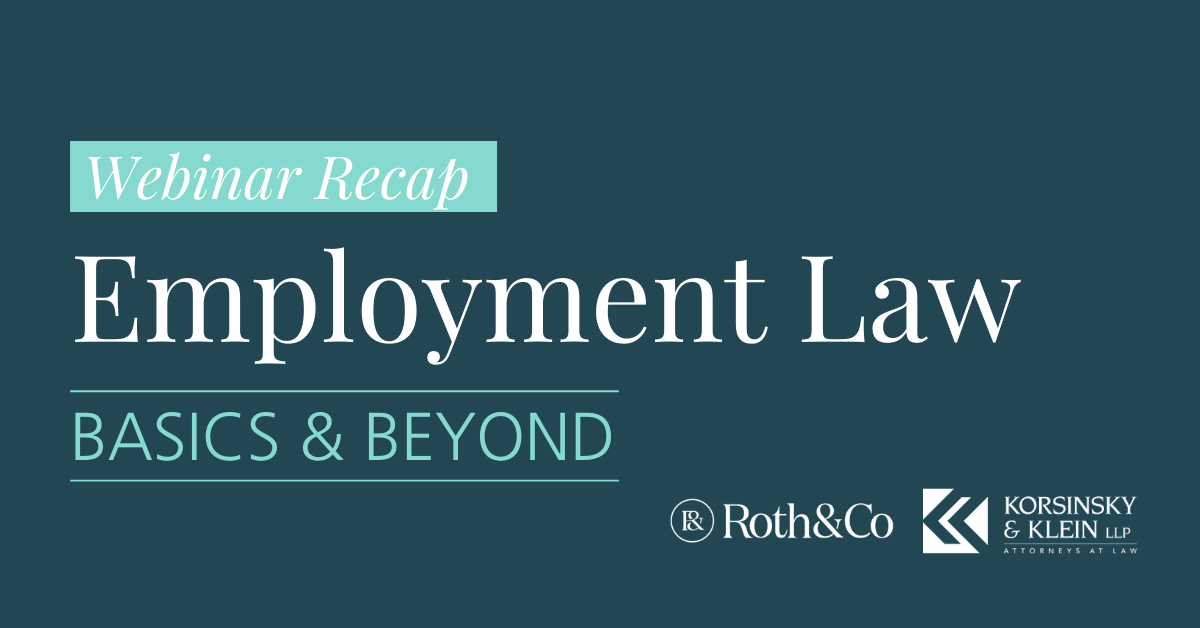If you’re a confident investor, this might be your moment. High interest rates, tighter financing options and general economic uncertainty have banks worried. Defaults and distressed properties are on the horizon, but surprisingly, banks seem more inclined to sell off their loan portfolios rather than dive into the real estate game. This may be the time for investors to move in and take advantage of bargains and buy-offs.
As the Federal Reserve continues to battle inflation, the resultant high rates have become worrisome to a broad range of investment sectors. The commercial real estate (CRE) industry’s $4.5 trillion of outstanding mortgage debt means that there’s what to worry about. According to research conducted by Ernst & Young LLP , the average reported mortgage rate exceeded the average reported property cap rate in Q4 2022 and Q2 2023. The last time this occurred was during the 2008 financial crisis.
The market’s high volume of distressed debt that is approaching maturity leaves investors operating in loss positions. According to Trepp, a financial data and analytics company that provides information, analytics, and technology solutions to the real estate industry, approximately $2.81 trillion of debt is coming due by 2028. It is likely that banks will be looking to generate workouts with needy borrowers to unload that debt.
Higher interest rates, stiffer financing options and high and rising operating costs have created a sluggish CRE market, negatively affecting real estate valuations. Despite the market’s uncertainty, experts agree that confident buyers, looking for long term results, may find worthwhile opportunities by buying out bank debt.
In an effort to minimize risk and avoid exposure banks are taking a more restrained approach and avoiding foreclosing and repossessions. They are opting instead to unload troubled assets by selling debt. This makes it a good time for the knowledgeable investor to step in. Because banks are looking to dispose of loan books, investors need to be prepared to act quickly. “Investors need to begin planning in advance for transactions in terms of how they plan to mobilize, how they get data, how they are going to underwrite the property cash flows and loan cash flows and ultimately arrive at a price for the portfolio,” says EY’s Kevin Hanrahan
How can the investor take up Hanrahan’s advice? Robust tech capabilities can ensure that the investor is able to pull data, and process and aggregate it swiftly, leaving a clear path for the underwriting process. An investor that can access his or her information efficiently will be able to jump into negotiations quickly with realistic pricing and valuation data.
The continued uncertainty in the real estate industry will be felt uniquely by banks, borrowers, and investors. Experts agree that, as banks make more moves to unload debt, and more loan books enter the marketplace, investors should make sure to be prepared to respond quickly to win deals.
Investors who’ve had the foresight to build relationships with banks, who are able to effectively rely on their technology to access data, and who have the know-how to use their data to calculate realistic pricing, will be in the driver’s seat when an opportunity presents itself. Do your homework and be there with them.
This material has been prepared for informational purposes only, and is not intended to provide or be relied upon for legal or tax advice. If you have any specific legal or tax questions regarding this content or related issues, please consult with your professional legal or tax advisor.











































































































